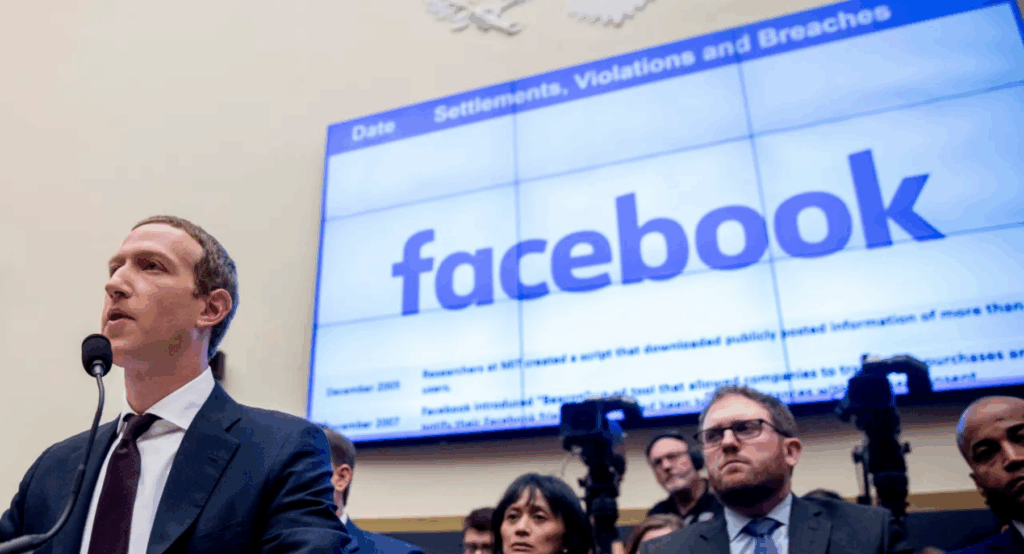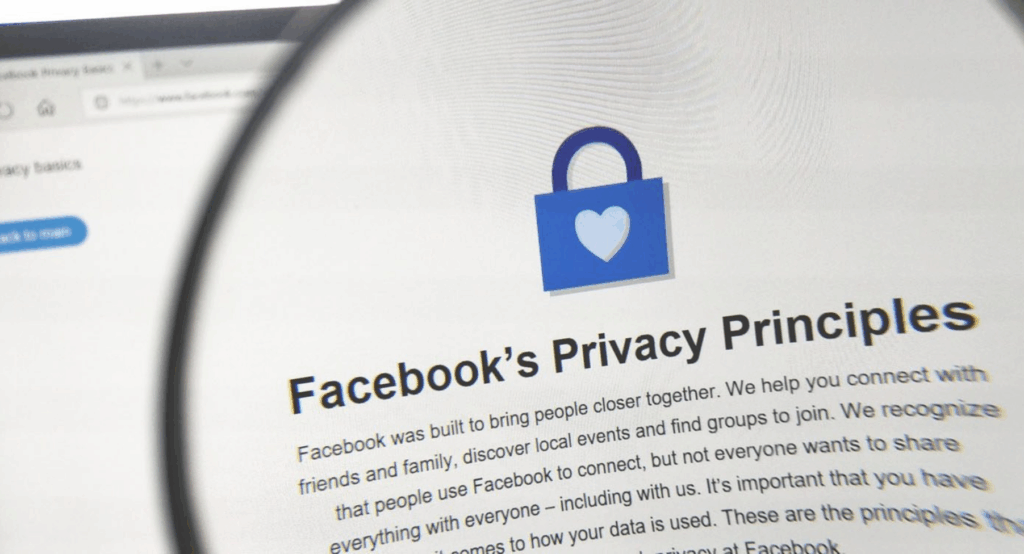Case Study
Privacy Violations and Class Action Lawsuit – Facebook (2018)
6 Crucial Privacy Governance Lessons for IT Leaders
What Happened: Cambridge Analytica and Facebook’s Privacy Crisis
In early 2018, it was revealed that political consulting firm Cambridge Analytica had harvested personal data from up to 87 million Facebook users—without their direct consent—via a third-party quiz app. The app accessed not only users’ data but also that of their friends, exploiting Facebook’s lax API data sharing policies.
This data was used to build detailed psychographic profiles for political ad targeting, influencing elections in the U.S. and abroad. The incident ignited global outrage and led to a class-action lawsuit, regulatory hearings, and one of the most significant reckonings in tech history regarding user privacy.

image source- kdvr
Financial and Reputational Fallout
The impact was immense:
- Billions in fines and legal settlements—including a $5 billion FTC penalty in 2019
- Global legislative scrutiny, triggering GDPR-like laws in other countries
- Loss of user trust and advertiser hesitancy in a high-stakes election climate
- Facebook’s stock value temporarily dropped by over $100 billion
Leadership Response: A Strategic Privacy Rebuild
Following the crisis, Facebook initiated a sweeping overhaul of its data governance ecosystem:
- Data Access Reform: Heavily restricted API access for third-party developers.
- Transparency Tools: Launched “Why am I seeing this ad?” and user data download portals.
- Organizational Restructure: Created a dedicated Privacy Product Group and enhanced oversight within engineering teams.
- Global Compliance Alignment: Started aligning policies with GDPR and emerging state-level U.S. privacy laws (like CCPA).
CEO Mark Zuckerberg publicly declared privacy as “the future of Facebook,” making it a core business and design principle.
Implementation Timeline
- First 6 months: Revoke third-party data access and implement user control features
- Month 7–12: Launch transparency dashboards, update data-use policies
- Month 13–18: Establish internal privacy engineering teams and compliance auditing cycles
Competitive Advantage Gained
Despite its missteps, Facebook gradually regained its footing:
- Advertisers returned due to greater compliance transparency
- User trust improved in part through more granular privacy settings and disclosures
- Platform resilience was demonstrated as Facebook adapted to tougher regulations
By positioning itself as a “privacy-forward” platform, Facebook gained a competitive edge over less-transparent rivals.
What IT Leaders Must Learn: 6 Strategic Privacy and Governance Reforms
1. Monitor and Control Third-Party Data Access Rigorously
What Went Wrong:
Best Practices for IT Leaders:
- OAuth Controls: Limit scope and duration of data shared via APIs.
- Access Logs and Alerts: Monitor every data pull and raise flags for unusual volume or destinations.
- Revocation Protocols: Automatically disable access for unused apps or after user revocation.

2. Launch Transparency and User Control Dashboards
What Went Wrong:
Best Practices for IT Leaders:
- Unified Privacy Centers: Offer dashboards that show data usage, sharing, and personalization controls.
- Real-Time Feedback: Let users adjust ad preferences and revoke data access on the fly.
- Explainability: Make data processing logic understandable to non-technical users.
3. Create a Centralized Privacy Governance Team
What Went Wrong:
Best Practices for IT Leaders:
- Chief Privacy Officer (CPO): Position this role at the executive level with board visibility.
- Privacy Engineers in Dev Teams: Assign privacy experts within each product team for embedded oversight.
- Cross-Functional Collaboration: Involve legal, compliance, security, and design in every data initiative.
4. Conduct Regular Privacy Risk Assessments (PIAs)
What Went Wrong:
Best Practices for IT Leaders:
- Mandatory PIAs for all features involving personal or behavioral data.
- Third-Party Risk Evaluation: Include data usage and retention audits before integration.
- User Impact Simulation: Model how feature abuse could affect user trust or regulatory compliance.
5. Align Global Compliance with Local Regulations
What Went Wrong:
Best Practices for IT Leaders:
- Build a Privacy Compliance Matrix: Track laws like GDPR, CCPA, POPIA, LGPD, and PIPEDA.
- Geofencing for Policies: Apply region-specific policies where required, especially in EU and California.
- Auto-Adaptive Interfaces: Modify consent prompts and opt-outs based on user location and legal profile.

6. Use Privacy as a Product Differentiator
What Went Wrong:
Best Practices for IT Leaders:
- Market Privacy Enhancements: Use data safety as a product benefit in marketing campaigns.
- Public Privacy Reports: Share updates and metrics to signal accountability.
- Empower Users: Let people feel in control of their data through intuitive tools and policy summaries.
Conclusion: Privacy is Governance, Trust, and Culture
Facebook’s 2018 crisis reshaped the data ethics landscape. More than just a breach, it revealed systemic governance flaws, an overreliance on platform growth, and underinvestment in user trust. Yet, through strategic reforms, Facebook demonstrated that privacy can be re-engineered into the DNA of an enterprise.
For IT leaders, this is a defining case. The lessons are clear:
- Don’t wait for scandal to secure user data.
- Privacy is not a checkbox—it’s a culture and a strategic advantage.
- Transparency builds trust; trust drives user loyalty.

Let YALLO Solve Your Talent Challenges
Struggling with complex IT needs? Partner with YALLO for tailored solutions that reduce costs, improve quality, and deliver results. Book an appointment today to discuss how we can help your business thrive.














